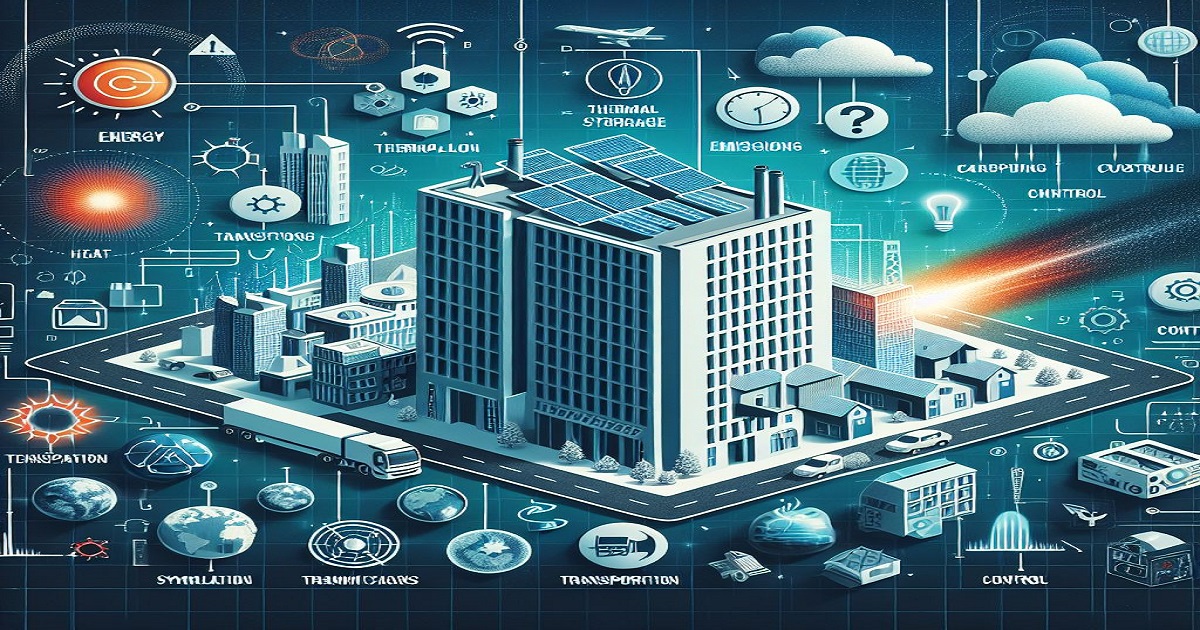Energy and Buildings: Thermal Storage, Emissions, Transports, Control and Their Effects
A special issue of Energies (ISSN 1996-1073). This special issue belongs to the section "G: Energy and Buildings".
Deadline for manuscript submissions: closed (5 May 2025) | Viewed by 18248

Special Issue Editors
Interests: energy efficiency; using thermal mass and integrated control systems; thermal comfort; smart buildings; near zero energy buildings; effective thermal insulation systems; adaptable comfort; indoor environment
Special Issues, Collections and Topics in MDPI journals
Interests: sustainable materials; circular economy; thermal behaviour and energy efficiency of buildings; lightweight steel-framed (LSF) construction
Special Issues, Collections and Topics in MDPI journals
Interests: building and industrial automatics with renewable energy sources; energy efficiency in building
Special Issues, Collections and Topics in MDPI journals
Special Issue Information
Dear Colleagues,
The long-term renovation strategy supports the change of the national building stock into a highly efficient and decarbonized building stock by 2050 and at a cost-effective transformation of existing buildings into nearly zero-energy buildings. About 70% of the building stock of 2050 already exists today, which means that most of the energy reductions will have to be achieved by deep energy renovation of existing buildings. To increase the renovation rate, we need industrialization and modular renovation. The difference between the predicted and real energy performance can be significant. To overcome these problems, more information, results, and successful case studies targeted to nZEB renovation are needed.
The objective of this Special Issue is a view to the next generation of building technology along with energy management. The papers in the following research fields are mostly welcomed:
(1) optimizing the passive measures before adding renewable energy sources;
(2) reduction of carbon emissions with climate change and their monitor and performance evaluation (MAPE);
(3) indoor environment and durability in building market value;
(4) hydronic systems of heating and cooling, and use of different types of heat pumps, especially water-sourced (geothermal type) heat pumps;
(5) integration of solar panels, heat pump and thermal mass (short-time storage) with long-term thermal storage;
(6) advanced zero energy (AZER) and emission (AZEM) buildings which use building automatics and control systems to optimize building field performance;
(7) finally, any type of energy co-simulation in buildings is welcomed.
Prof. Dr. Mark Bomberg
Dr. Paulo Santos
Dr. Anna Romańska-Zapała
Guest Editors
Manuscript Submission Information
Manuscripts should be submitted online at www.mdpi.com by registering and logging in to this website. Once you are registered, click here to go to the submission form. Manuscripts can be submitted until the deadline. All submissions that pass pre-check are peer-reviewed. Accepted papers will be published continuously in the journal (as soon as accepted) and will be listed together on the special issue website. Research articles, review articles as well as short communications are invited. For planned papers, a title and short abstract (about 100 words) can be sent to the Editorial Office for announcement on this website.
Submitted manuscripts should not have been published previously, nor be under consideration for publication elsewhere (except conference proceedings papers). All manuscripts are thoroughly refereed through a single-blind peer-review process. A guide for authors and other relevant information for submission of manuscripts is available on the Instructions for Authors page. Energies is an international peer-reviewed open access semimonthly journal published by MDPI.
Please visit the Instructions for Authors page before submitting a manuscript. The Article Processing Charge (APC) for publication in this open access journal is 2600 CHF (Swiss Francs). Submitted papers should be well formatted and use good English. Authors may use MDPI's English editing service prior to publication or during author revisions.
Benefits of Publishing in a Special Issue
- Ease of navigation: Grouping papers by topic helps scholars navigate broad scope journals more efficiently.
- Greater discoverability: Special Issues support the reach and impact of scientific research. Articles in Special Issues are more discoverable and cited more frequently.
- Expansion of research network: Special Issues facilitate connections among authors, fostering scientific collaborations.
- External promotion: Articles in Special Issues are often promoted through the journal's social media, increasing their visibility.
- Reprint: MDPI Books provides the opportunity to republish successful Special Issues in book format, both online and in print.
Further information on MDPI's Special Issue policies can be found here.







